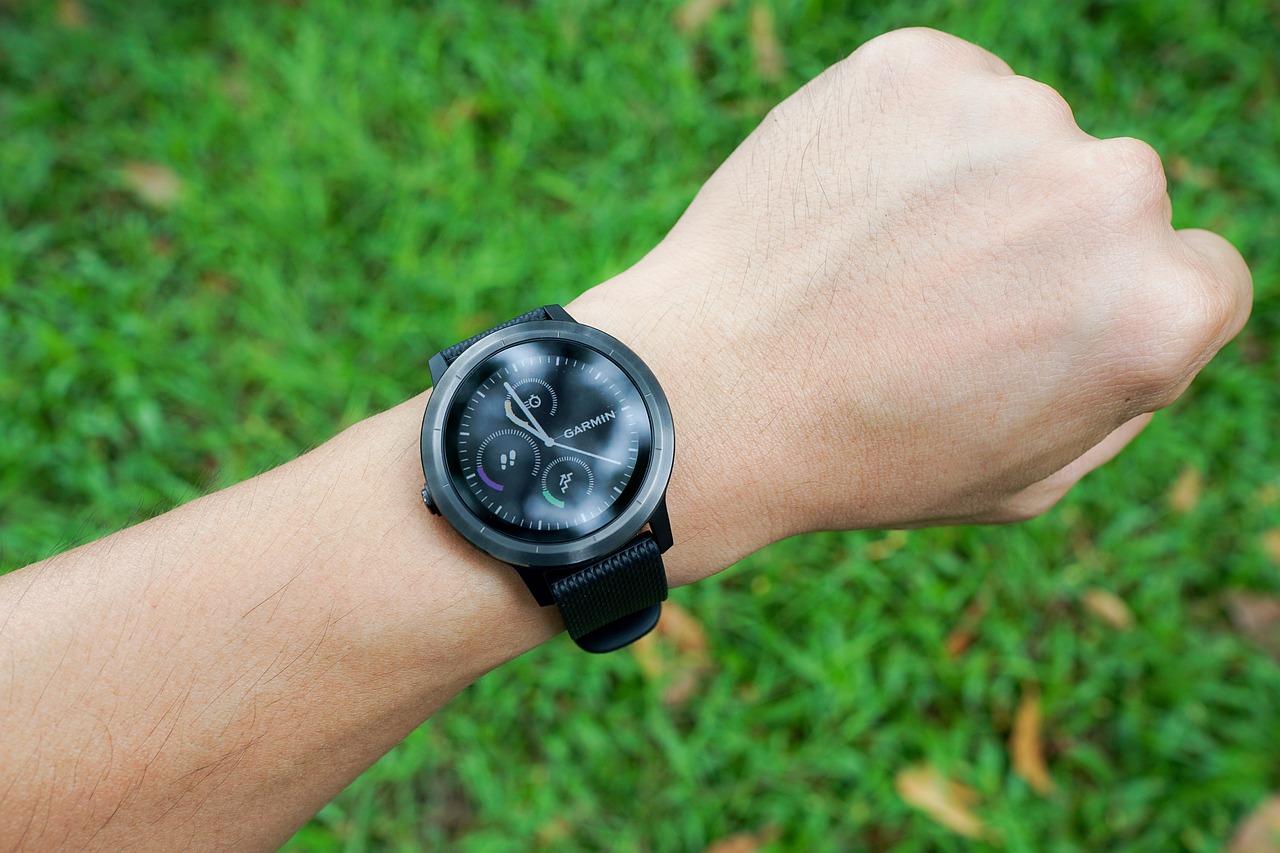
With winter approaching and the days getting shorter and darker, the enthusiasm for getting outdoors and going for a run, cycle or even walking the dog becomes less appealing. Exercise retention, momentum and motivation needs a catalyst for continued engagement and peer to peer sharing and technology is what is providing the spark. In recent years, the intersection of technology and fitness has given rise to a revolution in how individuals approach and engage in exercise. Wearable technology, encompassing a wide range of devices such as fitness trackers, smartwatches, and mobile phone applications, has become an integral part of the modern fitness landscape. The evolution and impact of wearable technology on exercise has transformed the way people monitor, analyse, enhance but most importantly share their fitness routines.
The early stages of wearable technology for exercise can be traced back to basic pedometers that counted steps. However, it was the introduction of wireless connectivity and the ability to not only track but share exercise, routines rotes and results that paved the way for a new era in fitness tracking. The emergence of dedicated fitness trackers capable of monitoring not only steps but also heart rate, sleep patterns, and even the intensity of physical activities and then sharing with your peers and fellow athletes has changed the game.
Smartwatches, a natural evolution of fitness trackers, expanded the capabilities by incorporating features beyond health monitoring. With the ability to run apps, receive notifications, and provide real-time data, smartwatches have become multifunctional devices that seamlessly integrate into the daily lives of users. These devices often include GPS tracking, allowing individuals to map their runs or rides accurately. Results and data can now be shared amongst selected peers via apps and notifications and are no longer dependent on an athlete bulk texting his fellow competitors with the time, speed pace or calories burned.
One of the most significant impacts of wearable technology on exercise is its ability to boost motivation. The real-time feedback provided by these devices empowers individuals to track their progress, set goals, receive SMS reminders and celebrate achievements. The gamification elements, such as earning badges or competing with friends, turn fitness into a social and competitive activity, fostering a sense of community and motivation.
Moreover, wearble devices use algorithms and artificial intelligence to analyse data and offer personalised insights. This information includes suggestions for adjusting workout intensity, improving sleep quality, or even recommending specific exercises based on individual goals.
Beyond motivating individuals to engage in regular exercise, wearable technology plays a crucial role in monitoring overall health and well-being. Heart rate monitoring, for example, provides insights into cardiovascular health and allows users to tailor their workouts to their fitness levels. Sleep tracking features help users understand their sleep patterns, promoting better sleep hygiene. Some advanced wearable devices are equipped with sensors that can measure other health parameters, such as blood oxygen levels, stress levels, and even skin temperature. This holistic approach to health monitoring enables individuals to make informed decisions about their lifestyle, leading to better overall well-being. The fact an athlete can wear a watch or heart rate band which in not intrusive, is comfortable and does not require them to carry a phone whilst exercising has contributed to the proliferation of wearable tech adoption.
The fitness industry has embraced wearable technology by integrating these devices into various exercise programs. Many gyms and fitness studios now offer classes that leverage the capabilities of this technology. Participants can monitor their heart rate, track their performance, and receive real-time feedback, creating a dynamic and interactive fitness experience. The ability to wear your technology indoors and out without switching devices or alternating applications is massively convenient.
The ability to select who to share your data with, be it results data or personal data needs to be front and centre of the tech functionality. While wearable technology has undoubtedly transformed the exercise landscape, it is not without its privacy challenges. Privacy concerns related to the collection and storage and sharing of personal health data remain a significant issue. As these devices become more sophisticated, it is crucial to establish robust privacy and security measures to protect user information.
As humans we should also be focused on enjoying our exercise and be careful not to become too focused on technology. Individuals may become overly fixated on meeting specific metrics or goals, neglecting the intuitive aspect of exercise and in so doing removing the enjoyment aspect. Striking a balance between leveraging technology for guidance and listening to ones body remains essential for a holistic approach to fitness.
I watches, Garmins and apps like Strava have become indispensable to better health and fitness. From humble pedometers to advanced smartwatches, these devices have evolved to provide a multitude of features that cater to the diverse needs of runners cyclists and swimmers. The impact of wearable technology on exercise extends beyond monitoring, influencing motivation, customization, and the overall approach to physical well-being.